Enable Fast Startup in Windows 10
Table of Contents
Enable Fast Startup in Windows 10, Enabling the “Fast Startup” option can greatly extend the computer’s startup time, allowing you to access your device almost immediately. You will find the steps to enable fast startup in Windows 10 in the following steps.
Enable Fast Startup in Windows 10
When you shut down a computer with “Fast Startup” enabled, it will create a hibernation file containing information about the system before shutting down.
After restarting the computer, it will use the hibernation file to resume normal operation almost immediately without reloading the driver, kernel and related system files separately.
Generally, it is well known that the quick start function can greatly improve the startup time of a computer using an HDD drive, and has less impact on a computer using an SSD drive.
In some cases, the quick start function may cause problems on the computer, in which case it needs to be disabled.
Use settings to enable “Fast Startup”
The easiest way to enable fast startup on a Windows computer is to use “Settings.”
Right-click on the Start button and click on Power Options. On the next screen, scroll down in the right-pane and click on the Additional Power Settings Link.
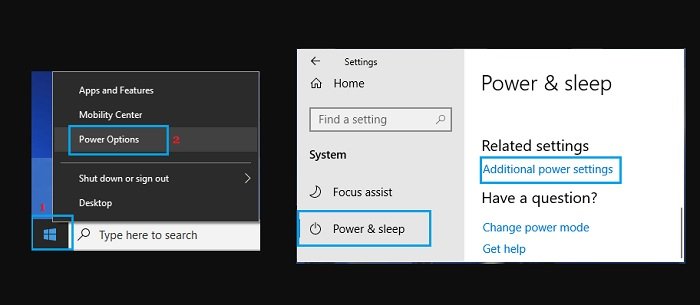
On Power Options Screen, click on Choose What the Power Buttons Do link. On the next screen, click on Change settings that are currently unavailable.
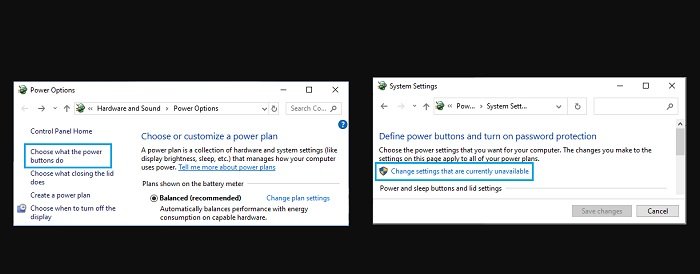
Scroll down to the “Shutdown Settings” section > select the Turn on fast startup option and click on the Save Changes button.
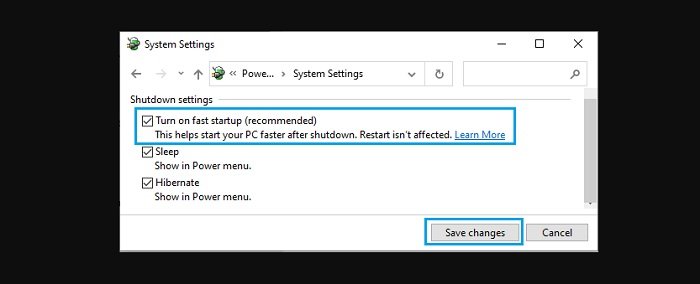
After this, you should find your computer booting up way faster than it was, especially, if it is running on HDD Drives.
“Turn on fast startup” option is missing in Windows 10
If the “Turn on Fast Startup” option is missing on your computer, it is usually because hibernation mode is not enabled on your device. This problem can be easily solved by running: powercfg/hibernate on the command.
Type CMD in the Search bar > right-click on Command Prompt and select Run as Administrator option. On the Command Prompt screen, type: powercfg/hibernate on and press the Enter key.
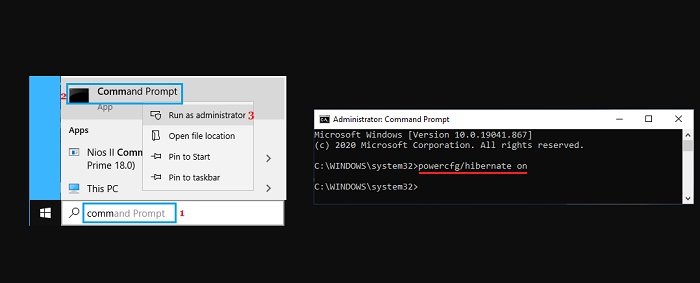
Once the command is executed, you will find “Turn on Fast Startup” option in Settings.
Use the control panel to open “Fast Startup”
You can also use the “Control Panel” to enable the “Fast Startup” option in Windows 10.
Open Control Panel on your computer. On the Control Panel screen, navigate to Hardware and Sound > Power Options and click on Change What the Power Buttons Do.
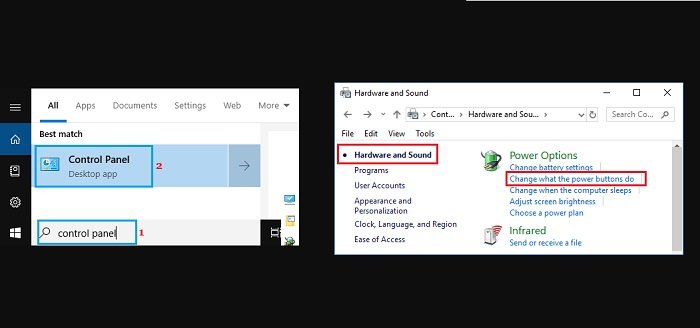
On the next screen, scroll down to “Shutdown Settings” and Check Turn on fast startup option. Click on Save Changes to save and implement this change on your computer.
Hope to Enable Fast Startup in Windows 10 !
More: Are you having errors Unable to Sign Into Microsoft Teams Error Code CAA2000B? Please refer to the article on How to Fix Unable to Sign Into Microsoft Teams Error Code CAA2000B.


